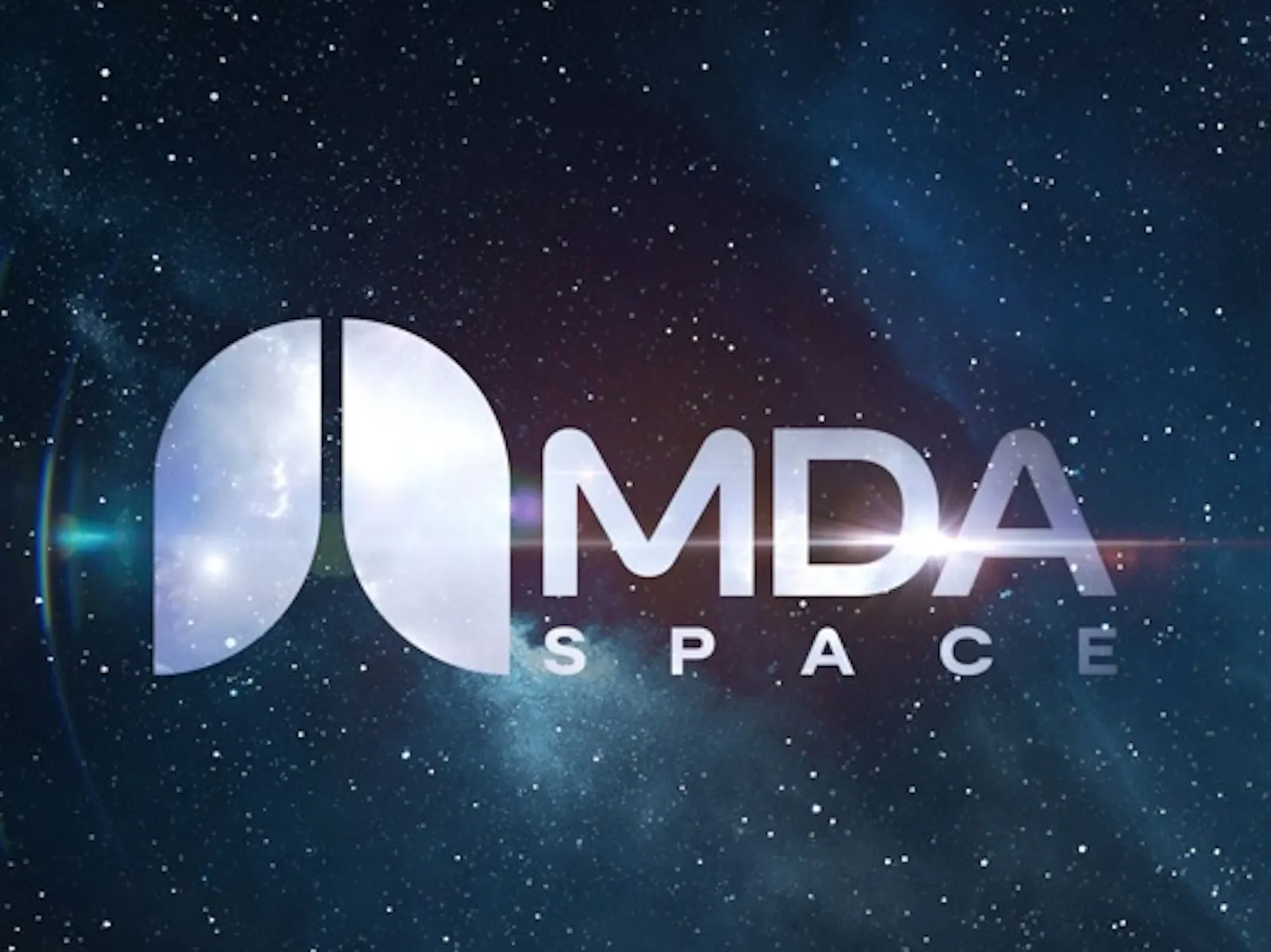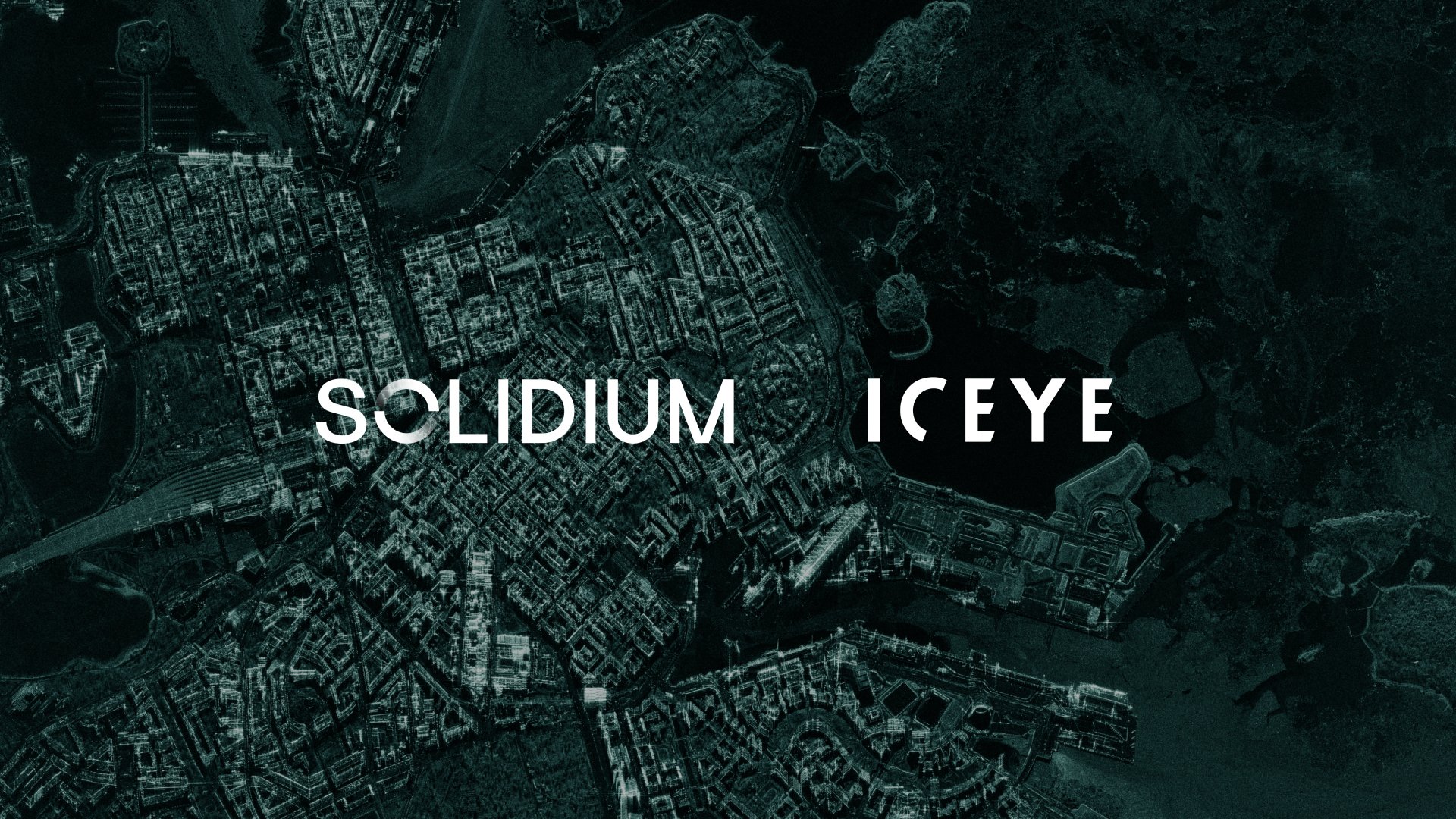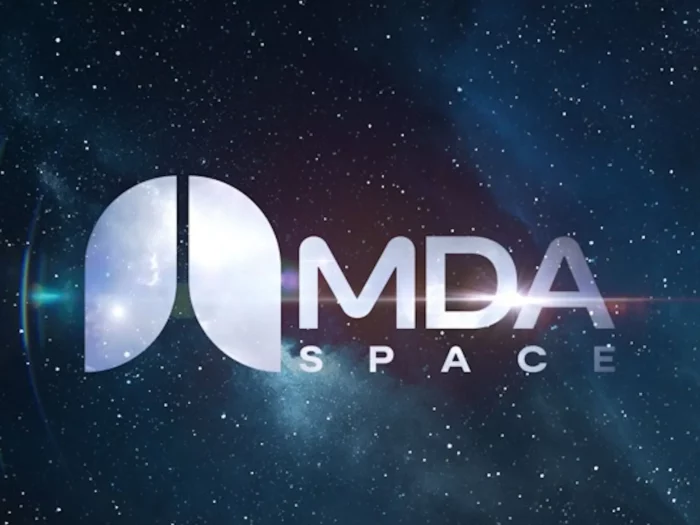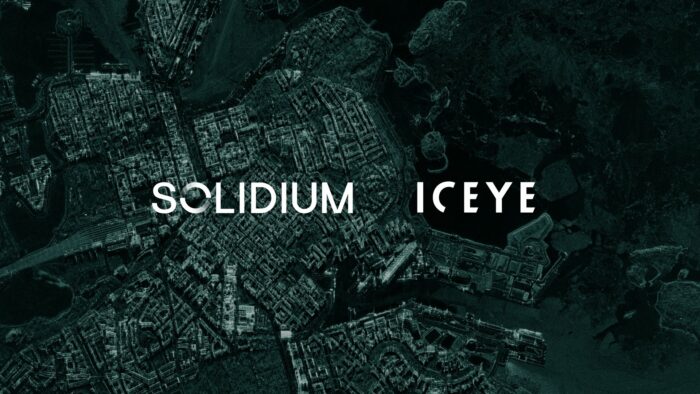Insider Brief:
- A team of NCKU researchers have determined the cluster mass and the energy density distribution of Dark Energy, laying a solid foundation for future research.
- The researchers found that Dark Energy occupies up to 76% of the total energy density in the Universe.
- Observational evidence from the study suggests that Dark Energy can be described by a simple constant, namely the cosmological constant Λ.
PRESS RELEASE — May 22, 2023 — The accelerated expansion of the Universe is usually described with reference to “Dark Energy,” a type of mysterious energy that behaves like anti-gravity. However, little is known about the nature of this Dark Energy. Now, in their first cosmological analysis of over 500 galaxy clusters, a team of NCKU researchers have determined the cluster mass and the energy density distribution of Dark Energy, laying a solid foundation for future research.
In the late 20th century, the observation of a type one-A supernova led to the discovery of accelerating expansion of our Universe. Up until now, however, scientists have not been able to fathom the energy driving this acceleration. Referred to as “Dark Energy,” this mysterious energy behaves like “anti-gravity,” pushing objects away from each other. Fortunately, the effects of this Dark Energy can be analyzed by focusing on the number and distribution of galaxy clusters, which are the largest objects in the known Universe.
Galaxy clusters are, however, uncommon and locating them requires scanning a significant portion of the sky with extremely sophisticated telescopes. One such telescope, the eROSITA X-ray space telescope, launched in 2019 by the Max Planck Institute for Extraterrestrial Physics in Germany, is set to carry out the deepest full-sky survey in X-rays. Nonetheless, a dataset from a mini-survey called the eROSITA Final Equatorial Depth Survey (eFEDS), containing a sample of about 550 galaxy clusters, has already been published.
Against this backdrop, a research group led by Professor I-Non Chiu from National Cheng Kung University (NCKU), Taiwan decided to conduct the first cosmological study on the eFEDS data, which also serves as the first cosmological study on galaxy clusters identified by eROSITA. Their paper was published in Volume 522, Issue 2 of Monthly Notices of the Royal Astronomical Society on April 21, 2023.
In this first-ever synergistic study combining data from X-ray and optical surveys, the researchers combined the eFEDS X-ray data with state-of-the-art optical data from the Hyper Suprime-Cam Subaru Strategic Program led by Taiwan, Japan, and Princeton University, USA. To reduce contamination (noise), the team first built a galaxy cluster sample using the X-ray telescope data. They then further cleaned this sample using optical data and estimated the clusters’ masses to perform cosmological calculations.
Comparing their results with theoretical predictions, the researchers found that Dark Energy occupies up to 76% of the total energy density in the Universe. Additionally, the equation of state of Dark Energy described the relationship between its pressure and energy density, as well as the constraints on Dark Energy. Furthermore, these results also agree well with the other independent prediction approaches, such as those using gravitational lensing and Cosmic Microwave Background.
Prof. Chiu explains:
“Based on our results, the energy density of Dark Energy appears to be uniform in space and constant in time, resembling a true constant in the Universe, and in good agreement with other independent experiments.”
Indeed, observational evidence from the study suggests that Dark Energy can be described by a simple constant, namely the cosmological constant Λ.
Though the current errors on the Dark Energy constraints are still large, the researchers used samples from eFEDS, that occupies an area less than 1% of the full-sky. Highlighting the need for larger datasets, Prof. Chiu says:
“Future studies using the full-sky sample will significantly improve our understanding of Dark Energy. Our study has laid a solid foundation for subsequent works towards this goal.”
The researchers anticipate that faster computational approaches will be required in the future, given the massive increase in data size a full-sky survey will entail, and are already taking this into consideration.
We certainly hope that the eROSITA survey will help clarify one of the deepest mysteries of the cosmos!
Contact Information:
Yu-Ting Chen
Email: [email protected]
State of Origin: Tainan, Taiwan
Telephone: +886 6 2757575 ext. 80921
SOURCE: NCKU
Featured image: X-ray and optical images of galaxy clusters observed by eROSITA telescope launched in 2019. Credit: Matthias Klein from Ludwig-Maximilians-Universität, Germany
If you found this article to be informative, you can explore more current space industry news, exclusives, interviews, and podcasts.
Share this article:








